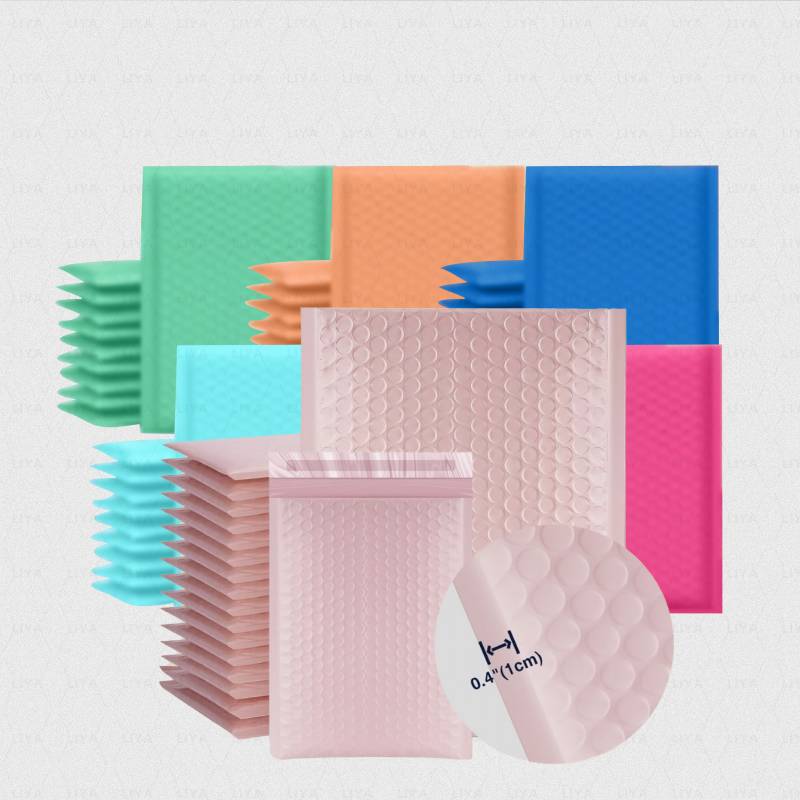packaging paper types
Understanding Different Types of Packaging Paper
In today's fast-paced world, packaging plays a crucial role in how products are presented to consumers. Among the various materials used in packaging, paper has emerged as a versatile and eco-friendly option. The right type of packaging paper can influence product perception, reduce environmental impact, and enhance functionality. This article will explore the various types of packaging paper, each serving a unique purpose and catering to specific requirements.
1. Kraft Paper
Kraft paper is one of the most commonly used types of packaging paper. Made from unbleached virgin wood pulp, it is known for its strength and durability. Its rustic appeal makes it popular for organic and artisanal products. Kraft paper is available in various weights and can be recycled, making it an environmentally friendly choice. This type is frequently used for shopping bags, wrapping paper, and even for boxes requiring additional strength.
2. Fluting Paper
Fluting paper, often referred to as corrugated paper, is made by combining a wavy paper 'flute' between two liners. This structure adds an additional level of protection, making it ideal for shipping and transporting fragile items. The air pockets created by the fluted layer provide cushioning, reducing the likelihood of damage during transit. Fluting paper is commonly used for shipping boxes and packaging electronics or glass products.
3. Bleached Paper
Bleached paper, as the name suggests, undergoes a bleaching process to achieve a clean, white appearance. It is smooth and often used for food packaging, gift wrapping, and promotional materials. The brightness of bleached paper enhances print quality, making it an excellent choice for items where aesthetics are important. However, it is crucial to ensure that bleached paper is food-safe and responsibly sourced to minimize environmental impact.
4
. Newsprintpackaging paper types

Newsprint is a low-cost paper primarily used for printing newspapers and is also employed for packaging. Its lightweight nature makes it suitable for wrapping items economically. Many businesses utilize newsprint for void fill in boxes to prevent items from moving during shipping. While not as durable as other types, it is recyclable and biodegradable, which helps reduce waste.
5. Greaseproof Paper
Greaseproof paper is specifically designed to withstand oils and fats, making it an essential choice for food packaging. Commonly used for wrapping sandwiches, pastries, and baked goods, this paper ensures the contents remain fresh and prevent leakage. The moisture-resistant qualities of greaseproof paper help maintain food quality without compromising the integrity of the packaging.
6. Recycled Paper
With increasing attention to sustainability, recycled paper has gained popularity across various industries. Made from post-consumer waste, this type of paper reduces the need for virgin materials and lowers overall carbon footprint. Recycled paper is versatile in functionality and can be adapted for crafting, packaging, and printing. It serves as a testament to businesses' commitment to environmental responsibility.
7. Specialty Papers
Specialty papers are designed for unique applications and can include waxed paper, colored paper, and heavyweight varieties. These papers can offer additional functionalities, such as waterproof capabilities or enhanced print graphics. Businesses often utilize specialty papers for custom packaging solutions, ensuring their products stand out on the shelves.
Conclusion
The choice of packaging paper is vital in today’s competitive market. Each type has its strengths and specific applications, contributing to product protection, marketing, and sustainability. With growing consumer awareness around environmental issues, businesses are increasingly leaning towards eco-friendly options like recycled and kraft paper. Understanding the various types of packaging paper enables businesses and consumers alike to make informed decisions, balancing functionality with sustainability while enhancing the overall product experience. As we continue to innovate in packaging solutions, the importance of thoughtful material selection remains paramount.
-
The Best Uses for Small Trash Bags in Daily LifeNewsJul.01,2025
-
Stylish Reusable Grocery Bags TrendsNewsJul.01,2025
-
Shipping Advantages of Using Bubble Envelopes BulkNewsJul.01,2025
-
How Compostable Mailing Bags Reduce Environmental ImpactNewsJul.01,2025
-
Environmentally - Friendly Bulk Poly MailersNewsJul.01,2025
-
Eco Friendly Custom Laminated Tote BagsNewsJul.01,2025
-
Have the freedom of customizing your custom mailers any way you want! Our dedicated packaging support will help deliver you the mailing experience you need to elevate your shipping experience to the next level! Start making a strong impression on your customers and stand out from your competitors! -
LIYA uses high quality raw materials which directly purchased from large enterprises domestic and overseas such as PetroChina, Sinopec, Sabic, Equate, ExxonMobil, Dow Chemical, Total, and Borouge, ensuring the price advantage and quality of the raw materials. -
LIYA uses high quality raw materials which directly purchased from large enterprises domestic and overseas such as PetroChina, Sinopec, Sabic, Equate, ExxonMobil, Dow Chemical, Total, and Borouge, ensuring the price advantage and quality of the raw materials.





